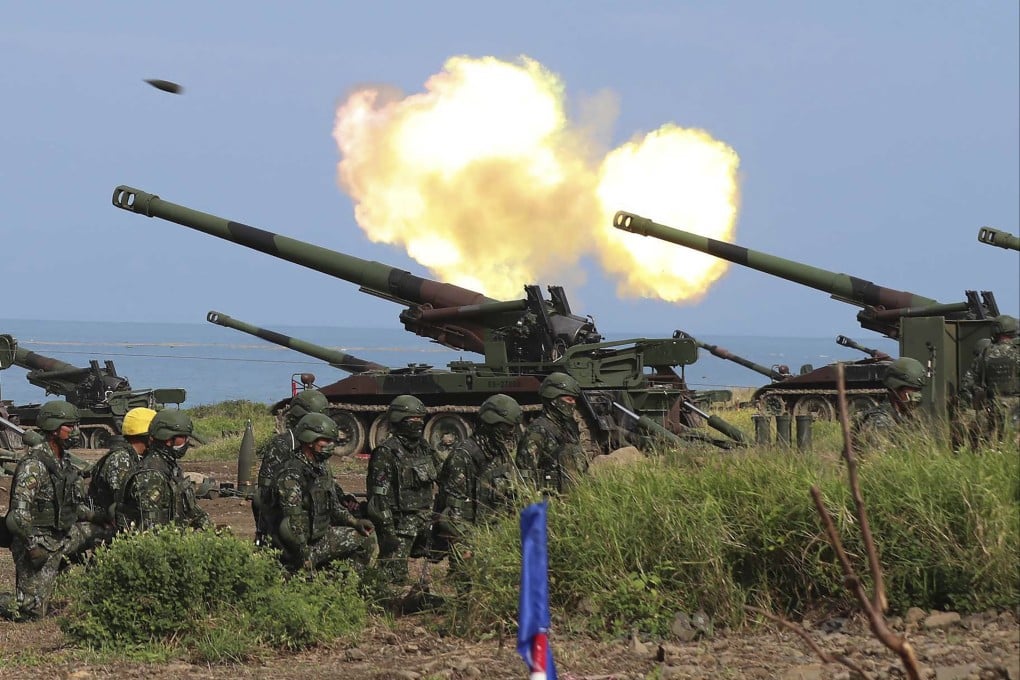Taiwan's Historic 10-Day Military Exercise: A Groundbreaking Show of National DefenseReadiness

Taiwan Unveils Unprecedented 10-Day Military Exercise: A Historic Show of Readiness
A Fresh Milestone in National Defense
Taiwan has launched its most extensive drill yet, marking an unparalleled moment in the island’s modern defense history. This ten-day operation, the longest of its kind, kicked off on July 9, 2025, and represents a significant expansion in both scope and duration compared to previous years. It is a pointed reflection of current uncertainties and a measure designed to fortify preparedness in the face of evolving regional dynamics. The move underscores the urgency the island places on comprehensive security and resilience, with activities spanning urban and rural environments and integrating various branches of its defense apparatus.
For this operation, approximately 22,000 members of the reserve force are taking part, highlighting a dramatic rise in scale. Their involvement signals intensified emphasis on integrating civilian manpower with professional military personnel. By activating such a large contingent of reservists, the event demonstrates the rapid mobilization capacity and logistical prowess of the self-governed island. The variety of scenarios being rehearsed mirrors concerns of multi-dimensional challenges, encompassing traditional military maneuvers and civil defense components in urban areas.
Core Features and Innovative Elements
This major undertaking, staged under the name Han Kuang, represents a leap forward in both the complexity and realism of national security practices. Live-fire components are central, with a notable array of new defense technology on display, including advanced armored vehicles and remotely operated platforms. The seamless coordination between different units and their deployment across multiple regions of the island demonstrates a commitment to adapting to 21st-century military realities.
One distinct innovation this year is the full integration of digital platforms and mobile technology in civil preparedness exercises. These simulations extend beyond the battlefield to include city environments, activating air-raid sirens and organizing shelter drills in commercial centers. Supermarket employees, for instance, are being trained to guide civilians during emergency scenarios and provide critical first aid. Such activities reveal a comprehensive approach that fuses traditional defense with public engagement, deepening societal resilience.
Strategic Significance and Pivotal Developments
The expanded timetable—more than double the duration of previous iterations—serves both practical and psychological purposes. It allows for more extensive evaluation of operational endurance, resource management, and coordination under prolonged conditions. This adjustment positions the island’s defense forces to better contend with scenarios that may unfold over extended periods. Moreover, the scale of participation and the visibility of new hardware send a clear message regarding the island’s commitment to readiness and innovation.
The 2025 event arrives against the backdrop of heightened activity in the surrounding region, with increased attention on maritime and aerial domains. Notably, the initial phases of the exercise have focused on countering unauthorized incursions and safeguarding critical coastal and offshore assets. By rehearsing rapid mobilization and crisis response, organizers aim to reinforce vigilance and flexibility across all tiers of command and control. These foundational steps mark a pivotal evolution in the island’s approach to self-defense.
Terms and Milestones: Understanding the Context
The Han Kuang operation has become synonymous with national defense in the territory, serving as the principal venue for testing combat protocols, interagency collaboration, and logistical coordination. The term itself has evolved to symbolize more than just a military drill—it embodies a collective effort, stretching from the leadership echelon down to community participants. Over the years, milestones such as the introduction of new fighting vehicles, enhanced communications networks, and the integration of reserve forces have continually redefined the scope of the exercise.
This year’s iteration, by surpassing all previous benchmarks, sets a new standard for future events. The structured participation of both core military and reserve units, the simulation of urban challenges, and the adoption of technology-enabled processes embody a modernized defense philosophy. Each of these milestones forms an integral strand within the larger national security fabric, underscoring a holistic vision that goes beyond conventional military parameters.
Looking Ahead: Endurance and Adaptation
With ten days of continuous activities, the current event not only tests immediate operational capabilities but also serves as a laboratory for examining long-term strategies. The live-fire segments, urban preparedness drills, and the mobilization of thousands of reservists are pivotal in crafting a robust and adaptive defense posture. Through these coordinated efforts, Taiwan seeks to affirm its capacity for swift response and sustained resilience, setting a precedent for similar future undertakings.
Ultimately, this historic event is a testament to a renewed focus on readiness, innovation, and unity. As more than 22,000 reservists join with active forces in these comprehensive maneuvers, the message is one of determination and collective responsibility. The legacy of this year's operation will likely influence the evolution of national defense practices, resonating well beyond its ten-day span.
